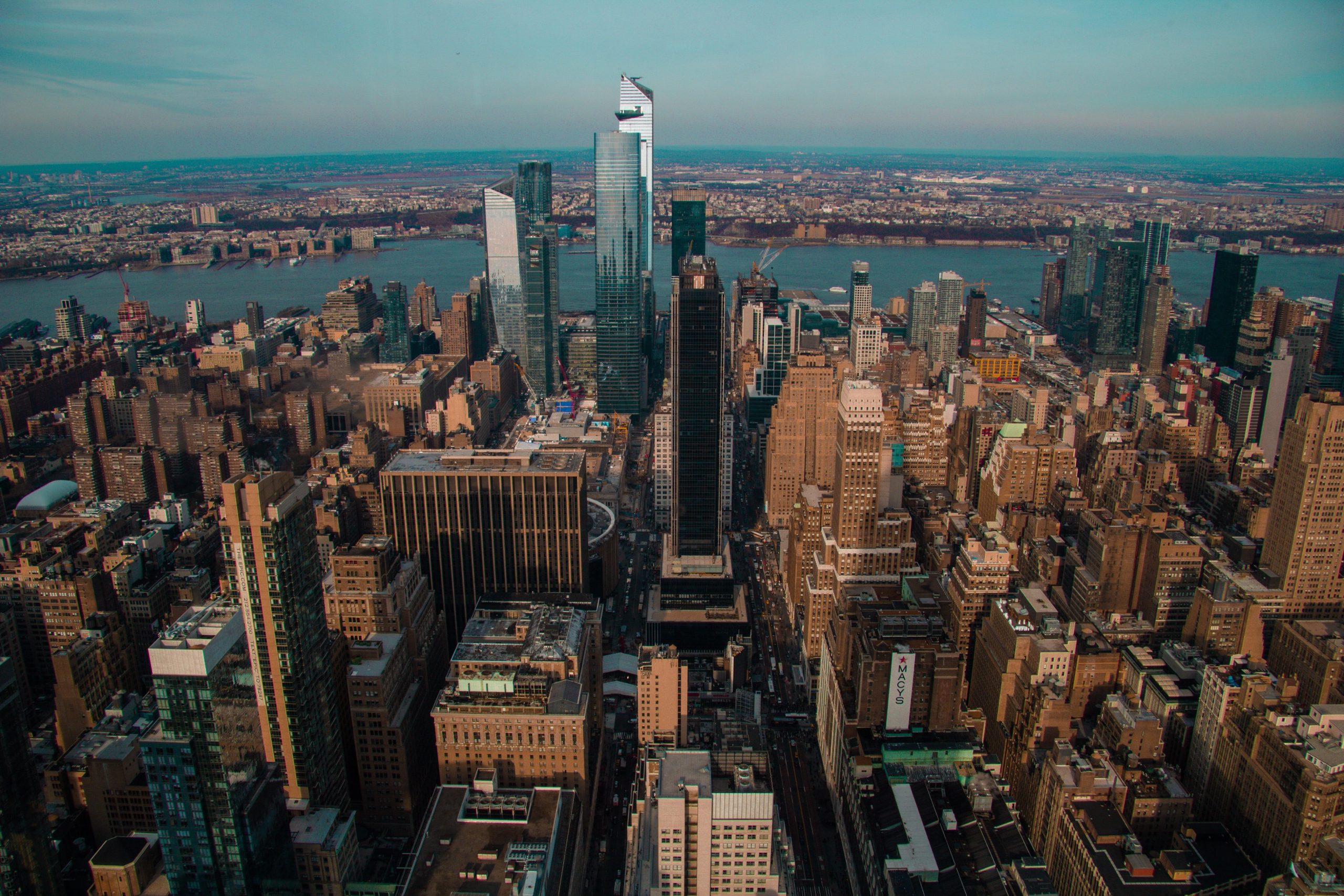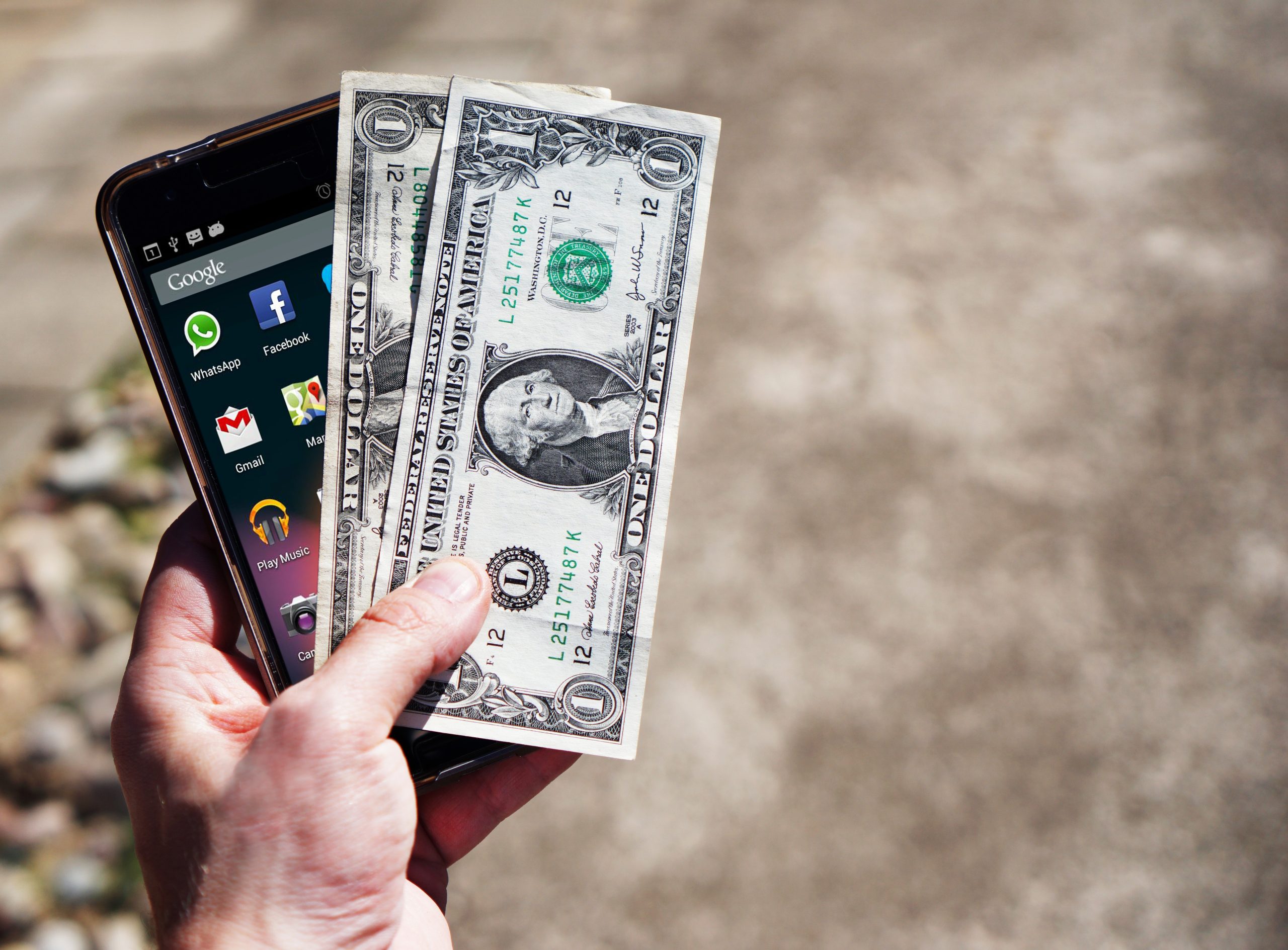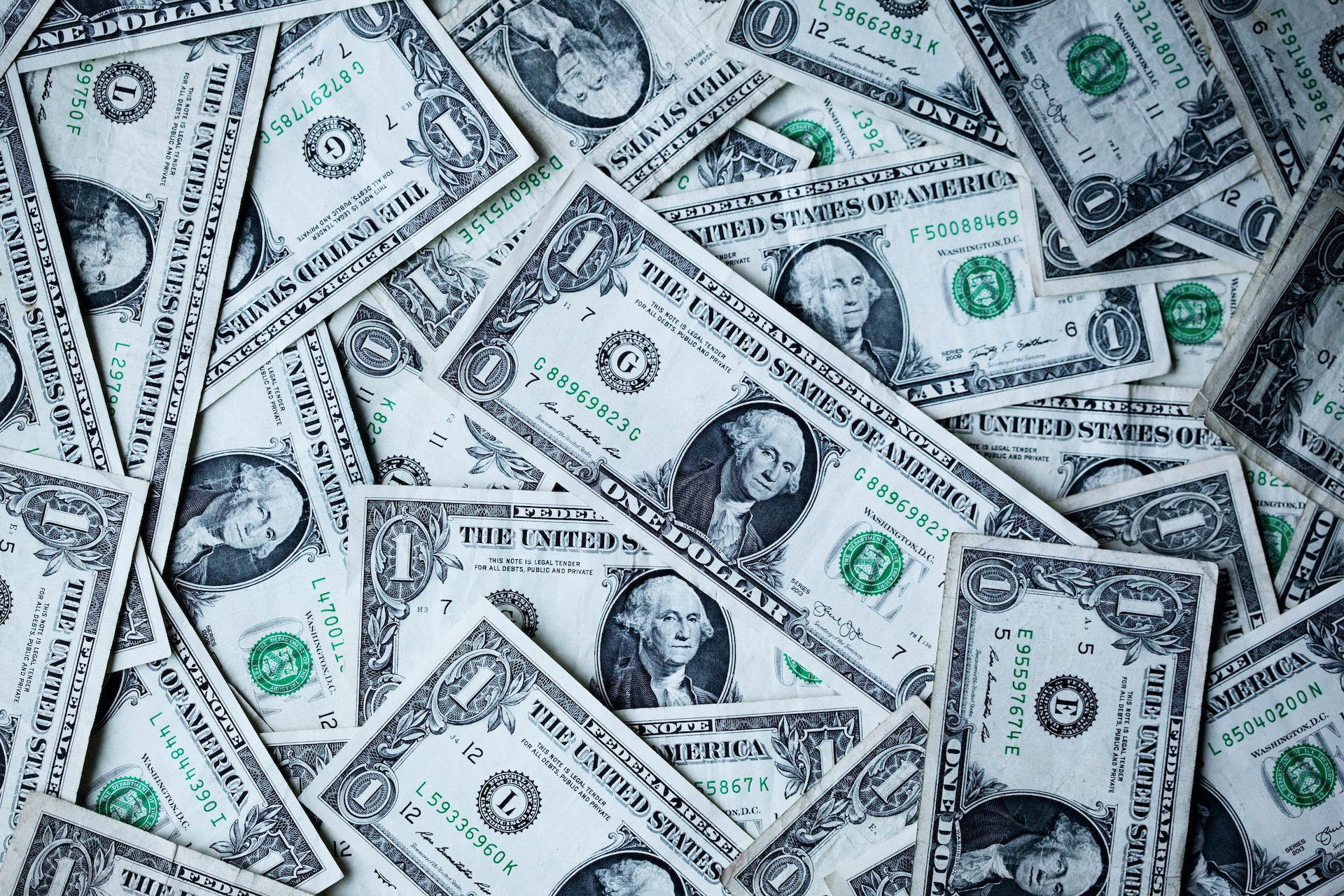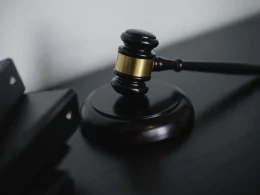Are you ready for another financial crisis? Of course not. That’s why, in the wake of COVID-19, the Federal Reserve has pledged a whopping $2 trillion to backstop banks and ensure market stability. But will it be enough? In this blog post, we’ll explore what this unprecedented move means for our economy and whether it could prevent future disasters. So buckle up and let’s dive in!
What is the $2 Trillion Fed Bank Backstop?
In 2008, the federal government bailed out the banking system to the tune of $700 billion. The Troubled Asset Relief Program (TARP) was designed to purchase troubled assets from financial institutions in order to stabilize the markets and prevent a complete collapse of the banking system.
The Dodd-Frank Wall Street Reform and Consumer Protection Act, passed in 2010 in response to the crisis, created the Orderly Liquidation Authority (OLA) which provides for the resolution of failing banks in an orderly manner. The OLA is funded by the Dodd-Frank Act’s Dividend for Depositors Fund, which is financed by assessments on large financial institutions.
In 2018, Congress passed the Economic Growth, Regulatory Relief, and Consumer Protection Act, which included provisions that increased the amount of money that could be borrowed from the Federal Reserve during emergency situations. The law also raised the amount of money that could be held in reserve by banks as a buffer against losses.
The $2 trillion fed bank backstop refers to these provisions that allow banks to access additional funding during times of crisis. The backstop is designed to help stabilize the financial system and prevent another crisis like the one that occurred in 2008.
How Does the Backstop Work?
The backstop is designed to protect the banking system from a collapse in the value of assets held by banks. It does this by providing a source of funding to banks that can be used to cover losses on those assets. The backstop is funded by the federal government and is available to any bank that needs it. There are no strings attached to the backstop, and no interest is charged on the funds that are provided.
The backstop was created in response to the financial crisis of 2008, when many banks were facing insolvency due to the sharp decline in the value of mortgage-backed securities. The backstop helped stabilize the banking system and prevented a complete economic collapse.
So far, the backstop has been used sparingly. Only a few banks have accessed it, and most of them have since repaid the funds. However, critics argue that the backstop creates moral hazard by encouraging banks to take risks knowing that they will be protected if things go wrong.
Pros and Cons of the Backstop
When the financial crisis hit in 2008, the Federal Reserve took unprecedented actions to stabilize the markets and prevent a complete collapse of the financial system. One of those actions was to create the Primary Dealer Credit Facility (PDCF), which provided emergency funding to major banks and securities firms.
The PDCF was seen as a success, and so the Fed is now considering creating a similar program that would provide cash to struggling banks during a future crisis. This new program, called the Bank Backstop, would essentially act as an insurance policy for banks, providing them with funding if they ever got into trouble.
There are pros and cons to this idea. On the plus side, such a program could help prevent another financial crisis by ensuring that banks always have access to liquidity. This could help reduce panic and prevent runs on banks. Additionally, it could help promote lending and economic activity more generally.
On the downside, some have argued that such a program could create moral hazard, since it would encourage banks to take more risks knowing that they have a safety net. Additionally, it’s possible that the program could be abused, with healthy banks accessing funds that they don’t actually need. There is also concern that such a program could be used as a tool for political influence, with the government using its power to prop up favored banks or industries.
Ultimately, whether or not the Bank Backstop is a good idea depends on how it is designed and implemented. If done correctly,
Why Some Economists are Wary of the Backstop
When the financial crisis hit in 2008, the federal government stepped in with a $700 billion bailout for the banking industry. The Troubled Asset Relief Program (TARP) was controversial, but it stabilized the banks and prevented them from failure.
Now, in response to the coronavirus pandemic, the Federal Reserve has announced a new program that could provide up to $1 trillion in loans to banks and other businesses. The program is called the Main Street Lending Facility, and it’s designed to help businesses keep afloat during the pandemic.
Critics of the program say that it’s too similar to TARP, and they’re worried that it will lead to another financial crisis. They argue that the Main Street Lending Facility is a way for the Fed to bail out big businesses, and they’re concerned that it will create moral hazard by incentivizing businesses to take on more risk.
Supporters of the program say that it’s necessary in order to prevent a recession or depression. They argue that the Main Street Lending Facility is different from TARP because it’s targeted at small- and medium-sized businesses, not just large banks. They also point out that the program includes safeguards against moral hazard, such as limits on how much each business can borrow.
Could the Backstop Prevent Another Financial Crisis?
When the financial crisis hit in 2008, the Federal Reserve took a number of unprecedented actions to try to stabilize the economy. One of those actions was to establish a program called the Fed Bank Backstop. The Backstop allowed theFed to lend up to $1 trillion to banks in exchange for collateral. The idea was that by lending money to banks, the Fed could help prevent a further deterioration of the financial system.
The Backstop was used sparingly during the crisis, and was eventually wound down. But some have argued that it played an important role in stabilizing the banking system and preventing a worse outcome.
Now, with another potential crisis brewing, some are wondering if the Backstop could be used again. There are a few key differences between now and 2008, though, which could make it difficult for the Backstop to be as effective this time around.
For one thing, there are now far fewer healthy banks than there were during the last crisis. This means that there would be fewer institutions able to take advantage of the Backstop’s loans. Additionally, many of the banks that are still standing are much larger than they were in 2008. This could limit their ability to use the Backstop’s funds effectively, as they would likely need to use them just to keep themselves afloat rather than using them to lend money and spur economic activity.
Still, some argue that the Backstop could be helpful in preventing another financial crisis. Given how difficult it is to
Conclusion
To prevent another financial crisis, it is essential to have a plan and the $2 Trillion Fed Bank Backstop is one such proposal. It provides additional liquidity and capital requirements for banks, which could help insulate them from future shocks in the economy. In addition, by providing direct lending to households and businesses, it can reduce the effects of an economic downturn. Ultimately, this type of backstop could provide necessary protection against a major financial meltdown should the U.S. ever experience another crisis in its future.










